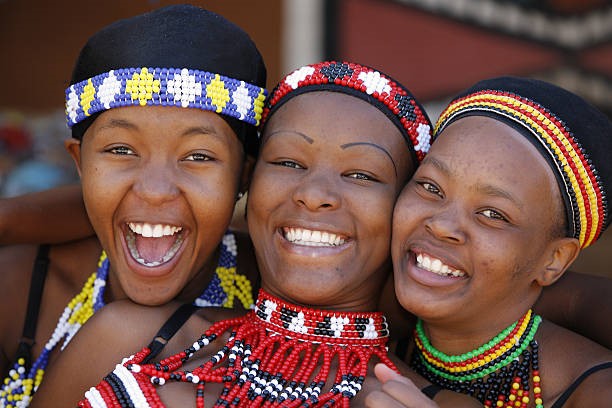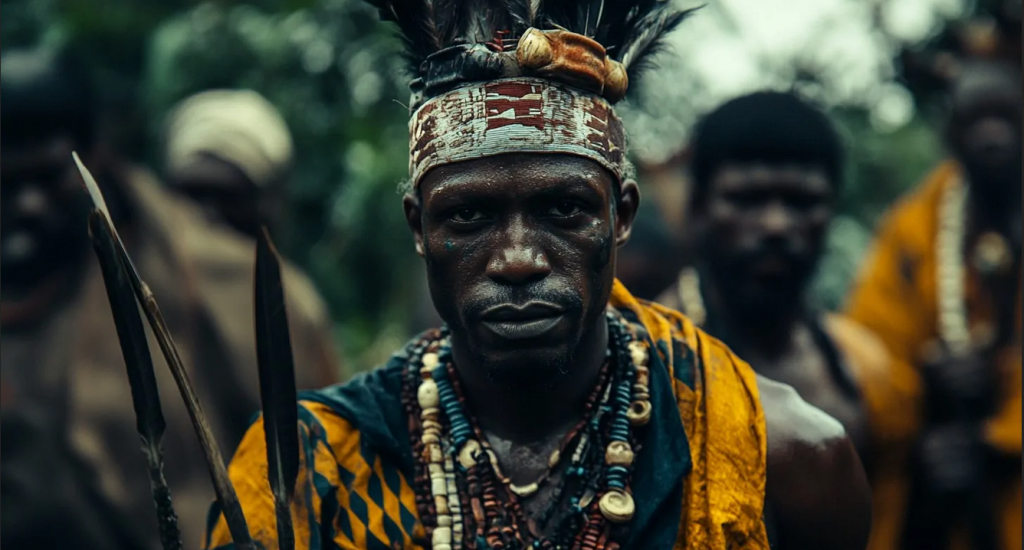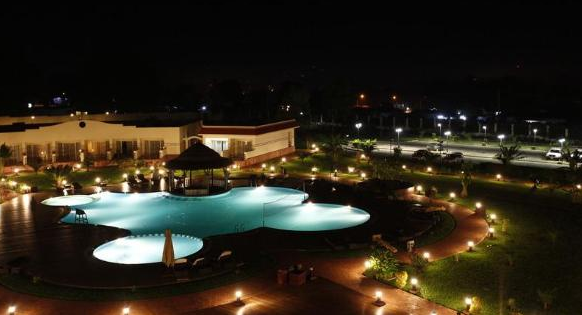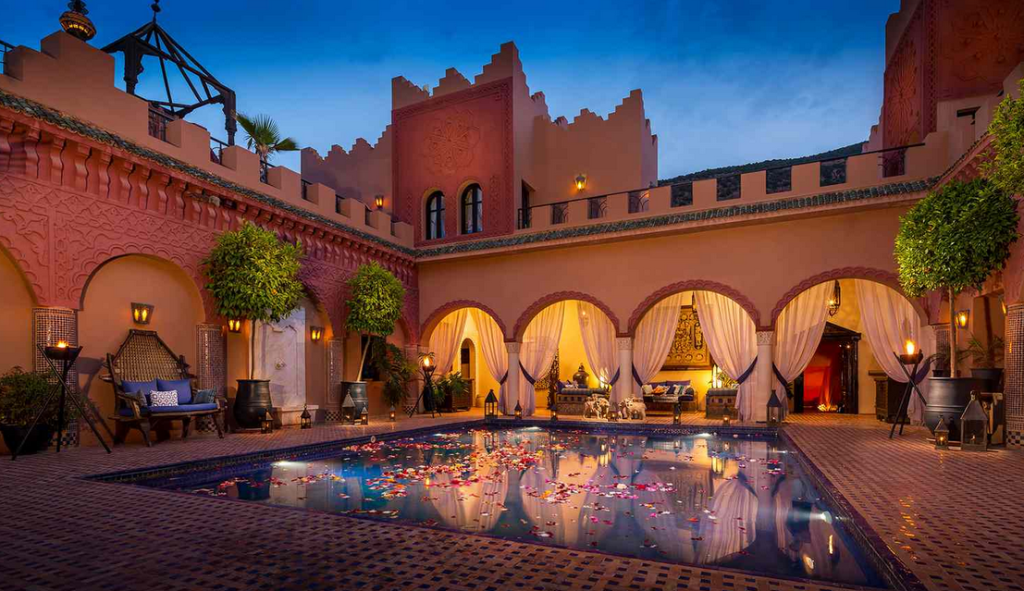Dressing codes vary among the different ethnic communities in Tanzania. In the urban areas, people who tend to dress well are respected. Men will wear suits when undertaking a formal business, while in the rural areas, a man may wear casual pants and an excellent coloured shirt. Women can also wear suits in formal business situations, and when the business is done in the rural areas, a woman will wear a long skirt, usually below the knees.
Maasai is one of the Nilotic ethnic communities whose identity is defined by their traditional robe, the Shuka. It’s a predominantly red sheet that is brightly coloured and worn by wrapping the Shuka around their bodies. The Maasai community will also use shukas blue in colour and striped. The Shuka is known to be a robust, durable and thick sheet that protects them from savannah terrain and harsh weather. The red colour of the Shuka in the Maasai community is a symbol of strength, courage and bravery. It’s believed to scare off predators and also symbolizes unity within the community since livestock like cattle or goats are slaughtered when the community comes together to celebrate.
The Sukuma community are a community that also upholds their traditional cultures in the rural areas. During their cultural ceremonies, the Sukuma will wear their traditional attire. The community dress in animal skins and back clothes. They serve as wrappers for the women as they wear them as skirts. Women can also wrap them in their chests while men wrap the animal skins and can also tired or hide the cloth across the neck.




